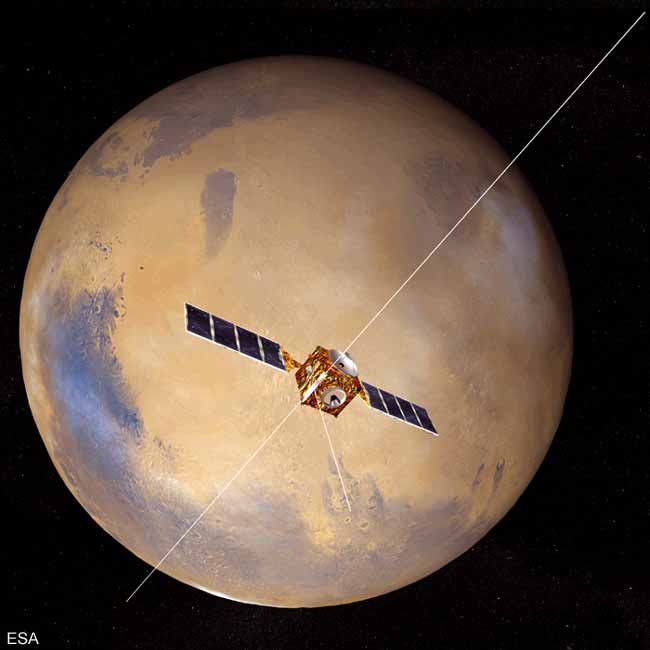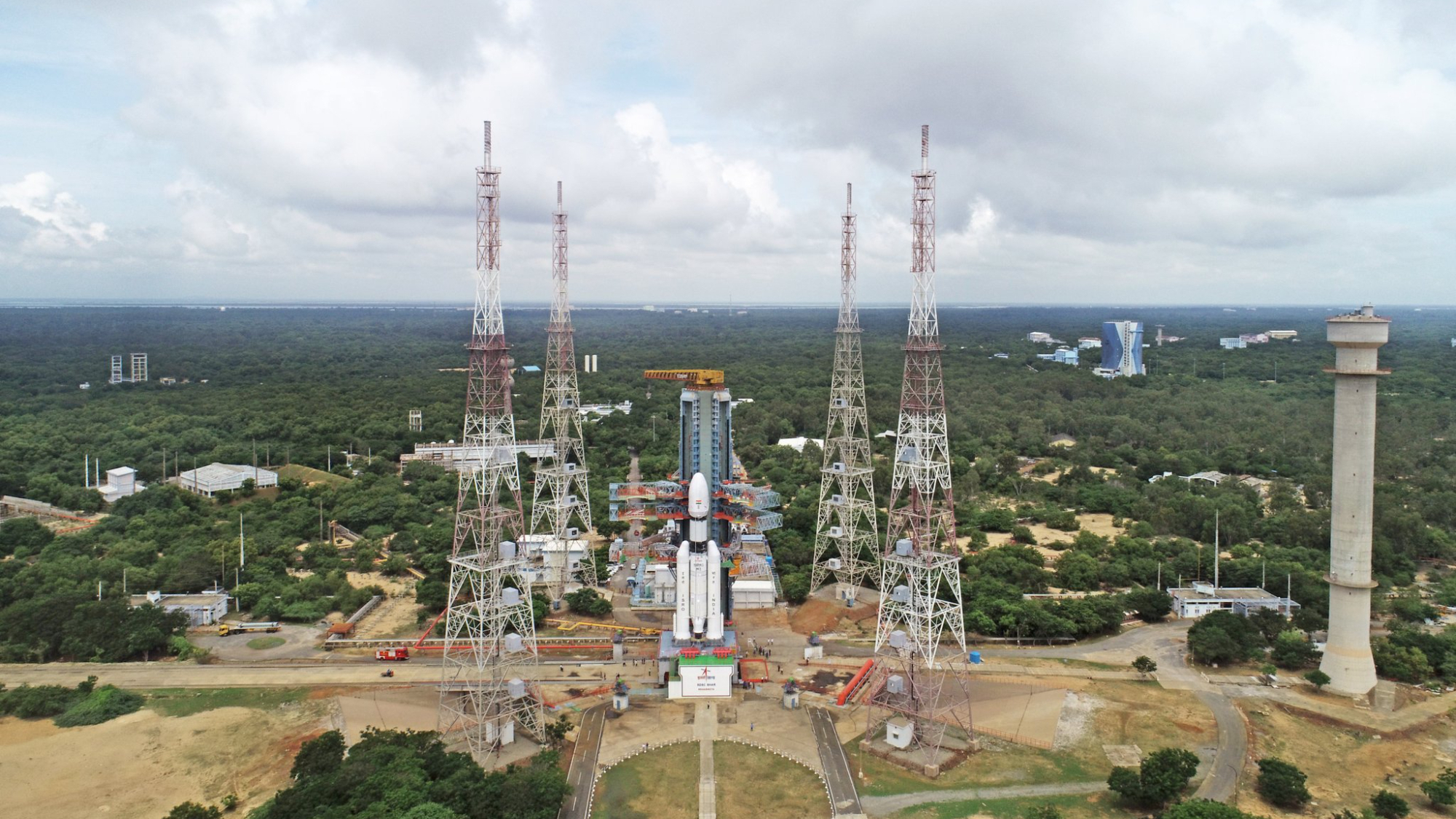Mars Express Probe Suffers Radar Deployment Snag

A Europeanprobe circling Mars has hit a snag in the deployment of a water-seeking radarinstrument, prompting mission controllers to delay the experiment whileengineers investigate the problem.
Flightcontrollers for the European Space Agency's (ESA) Mars Express probe haltedplans to deploy the second boom in a series of antennas that comprise thespacecraft's subsurface radar instrument after detecting an anomaly on May 7.
The anomalyoccurred as Mars Express completed the deployment of its first radar antennaboom. Of the 13 segments that make up the boom, flight engineers confirmed thatonly 12 had swung into the proper position. The remaining segment had deployed,but was not positively locked into position and an investigation is underway,ESA officials said.
While flightcontrollers at ESA's European Space Operations in Darmstadt, Germany had hopedto deploy all three booms by May 12, the unfurling of the remaining antennaswill not resume until engineers fully understand the current anomaly, as wellas its implications to future boom deployment.
ESAofficials said that the possibility of a deployment delay was not unexpected,and that plans were already in place to reschedule unfurling the second radar antennain the event of any anomalous events with the first boom.
MarsExpress' antenna booms form the probe's Mars Advanced Radar for Subsurface andIonosphere Sounding (MARSIS) instrument, a ground-penetrating radar designed topeer beneath the red planet's surface and scan for deposits of water or ice. Thefirst two booms to be unfurled are dipole antennas each 66 feet (20 meters)long. A third, monopole antenna is 23 feet (seven meters) in length, accordingto NASA officials at the Jet Propulsion Laboratory (JPL) in Pasadena,California, which is collaborating with ESA on the Mars Express mission.
MARSISscientists hope their instrument will be able to penetrate up to three miles (fivekilometers) beneath Mars' surface and return distinguishable radar echoes for sanddunes, rock and potential water deposits. The low radio frequencies used byMARSIS will also be tapped to study Mars' ionosphere and the local effects of solarwind, researchers said.
Breaking space news, the latest updates on rocket launches, skywatching events and more!
"The radargives us two ways to explore the fate of water that once flowed on the surfaceof Mars," said Jeffrey Plaut, a MARSIS co-investigator at JPL, in a statement earlierthis month. "We will probe beneath the surface for evidence of frozen or liquidreservoirs, and we will study the outer fringes of Mars' atmosphere, where theplanet may have lost its water to space."
The MARSIS instrumentis one of seven science experiments riding aboard Mars Express, which launchedfrom Earth on June 2, 2003 and reached the red planet in December of that year.
- Red Planet Radar: Probing the Martian Underground for Water
Join our Space Forums to keep talking space on the latest missions, night sky and more! And if you have a news tip, correction or comment, let us know at: community@space.com.

Tariq is the award-winning Editor-in-Chief of Space.com and joined the team in 2001. He covers human spaceflight, as well as skywatching and entertainment. He became Space.com's Editor-in-Chief in 2019. Before joining Space.com, Tariq was a staff reporter for The Los Angeles Times covering education and city beats in La Habra, Fullerton and Huntington Beach. He's a recipient of the 2022 Harry Kolcum Award for excellence in space reporting and the 2025 Space Pioneer Award from the National Space Society. He is an Eagle Scout and Space Camp alum with journalism degrees from the USC and NYU. You can find Tariq at Space.com and as the co-host to the This Week In Space podcast on the TWiT network. To see his latest project, you can follow Tariq on Twitter @tariqjmalik.
